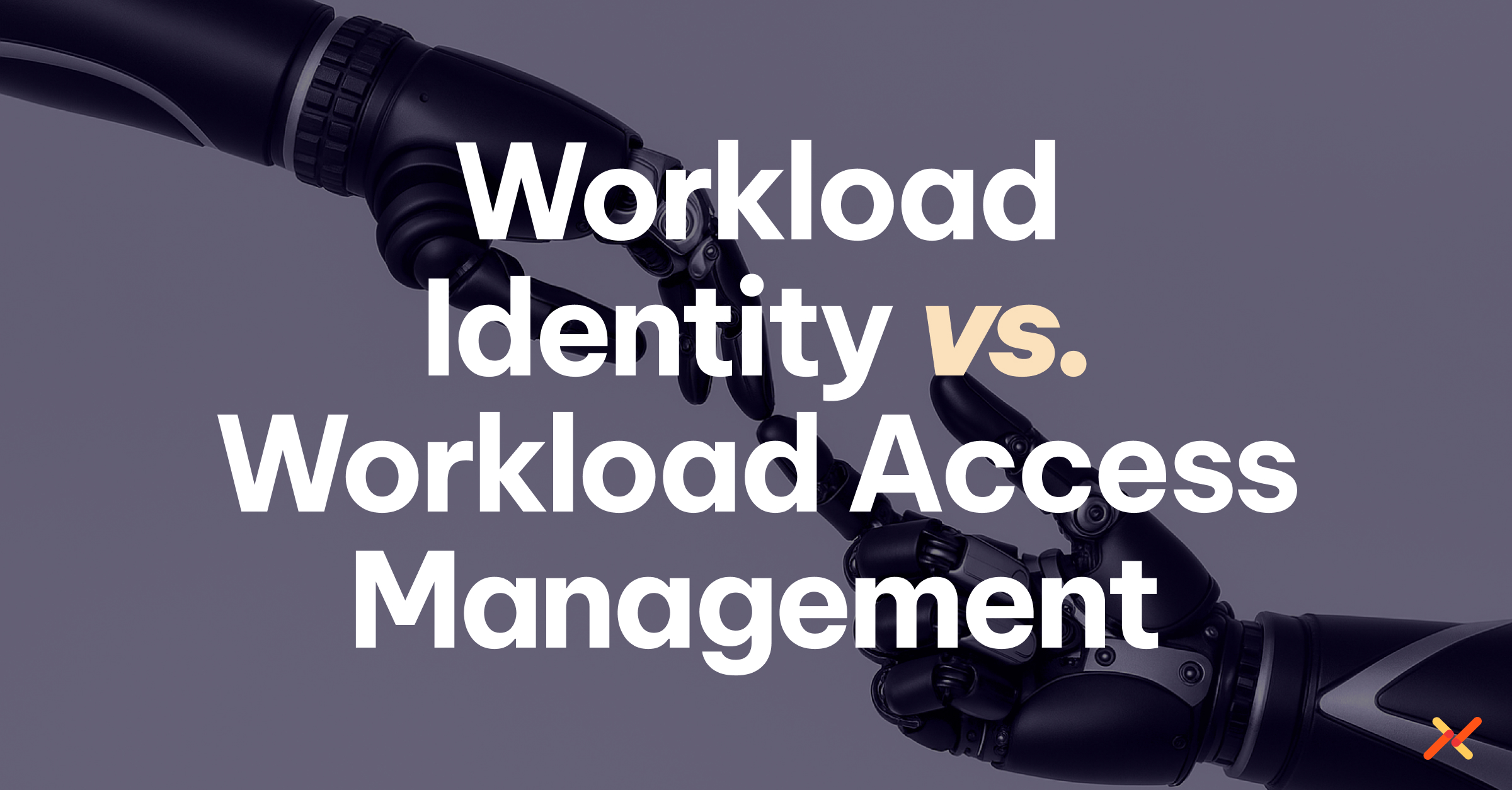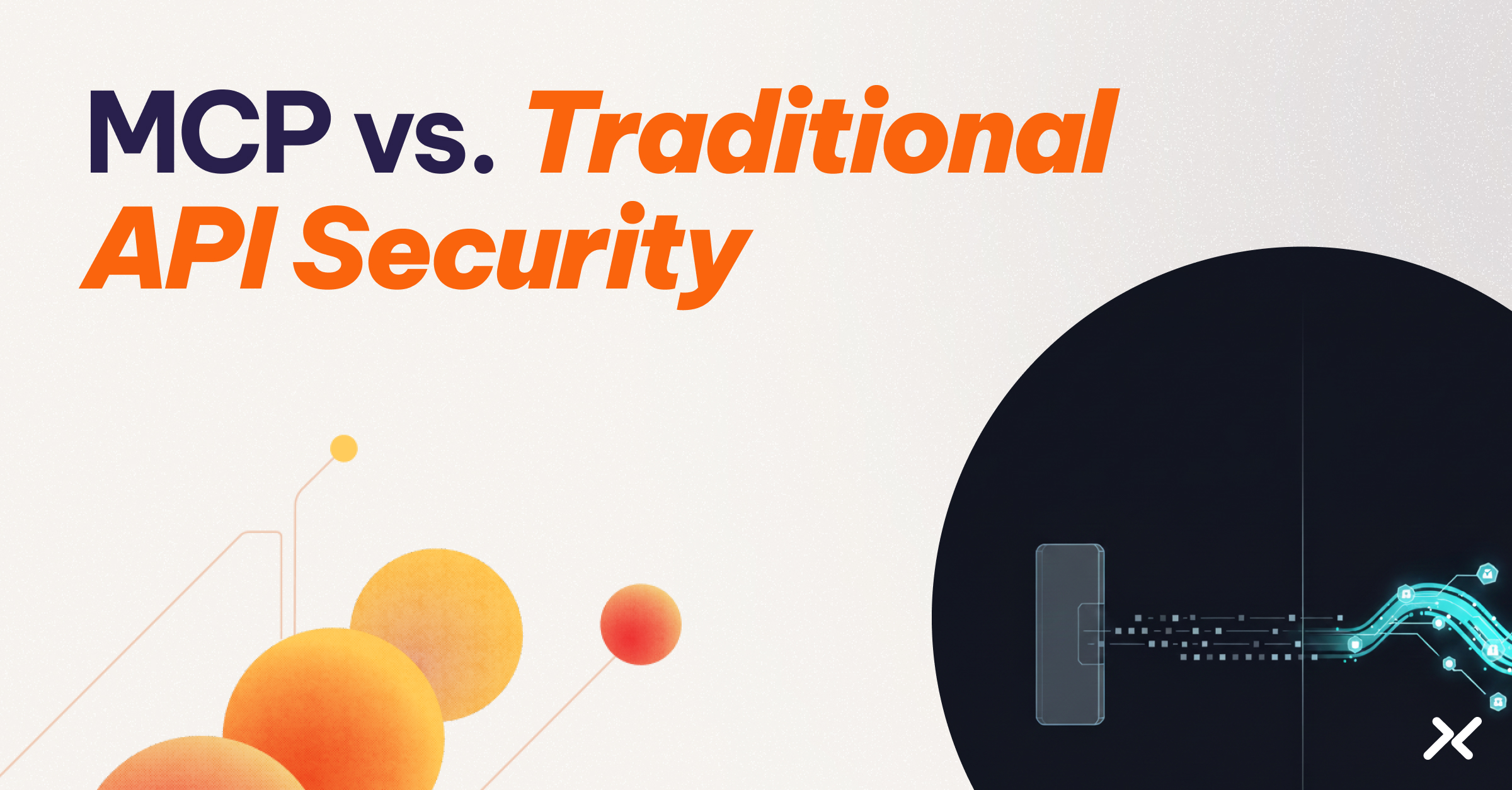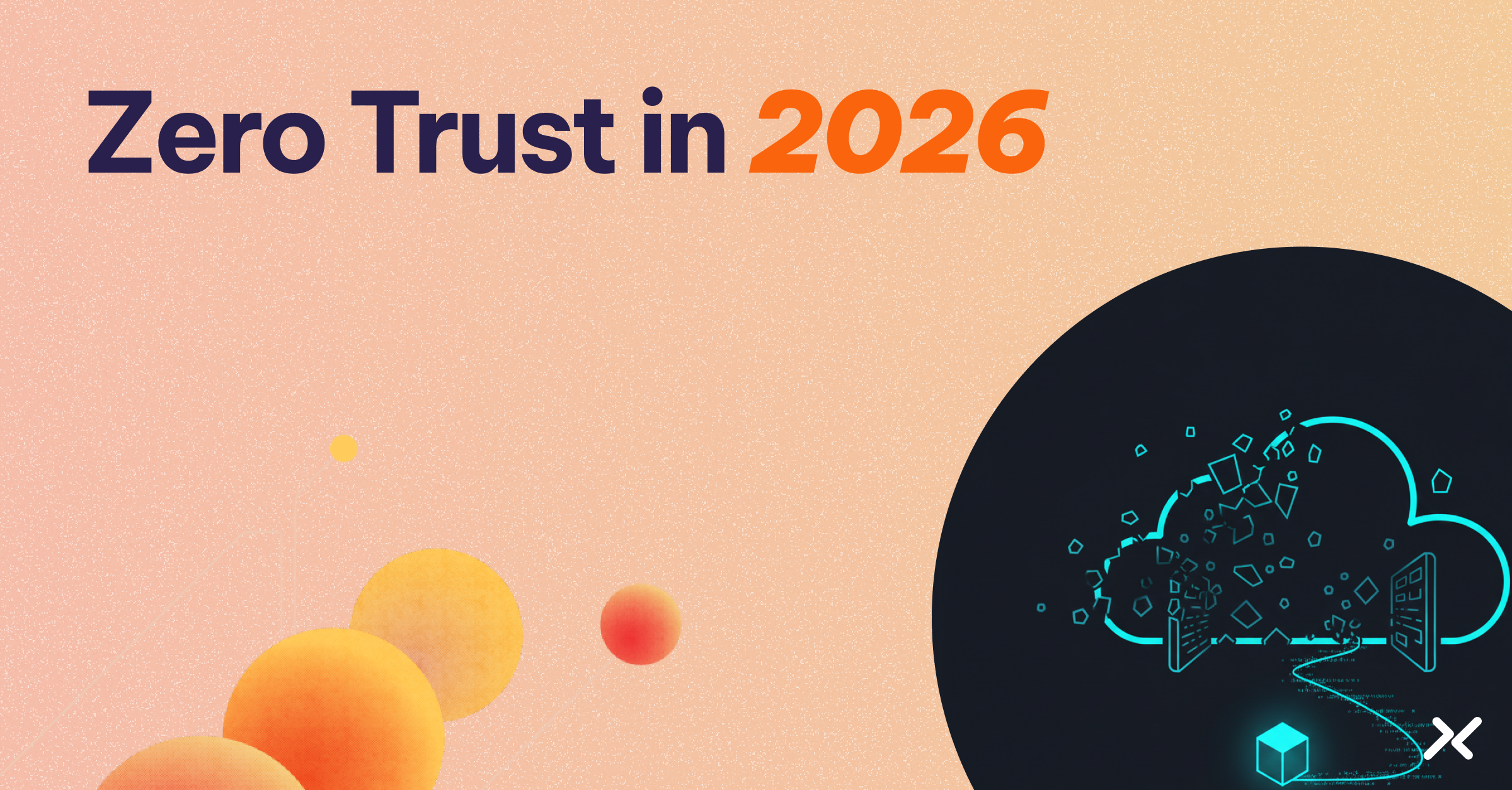A DevOps team at a financial services company discovers their Kubernetes cluster has been compromised. The attacker used a stolen service account token to access customer databases, pivot through internal APIs, and exfiltrate sensitive data across multiple cloud environments.
The investigation reveals a familiar pattern: the service account was created with broad permissions bundled directly into its identity. What should have been separate security decisions—”who is this workload?” and “what can it access?”—were treated as a single problem. This conflation enabled an attacker to use one compromised credential for extensive lateral movement.
This scenario plays out across organizations daily, yet most security teams don’t realize they’re conflating two distinct disciplines. They treat workload authentication and authorization as the same problem, creating the exact security gaps that enable devastating breaches.
Cloud environments now contain more non-human identities—applications, service accounts, scripts, and automated processes—than human users. This shift demands a fundamental rethinking of how we secure machine-to-machine communication. Yet most organizations apply human-centric security models to machines, creating an invisible crisis hiding in plain sight.
The solution requires clearly distinguishing two critical security disciplines: workload identity and workload access management. Understanding this distinction is essential for implementing Zero Trust in cloud-native environments and eliminating the credential-based vulnerabilities that plague modern infrastructure.
The Conflation Problem: How Organizations Mix Identity and Access
Walk into any enterprise and you’ll find this conflation everywhere, often without teams realizing it’s happening:
- Kubernetes Service Accounts: A microservice needs to read from a database, so administrators create a service account with RBAC permissions that grant access to multiple databases, secret stores, and APIs. The identity itself carries the authorization decisions.
- AWS IAM Roles: A Lambda function requires S3 access, so developers attach an IAM policy directly to the role that also grants RDS, DynamoDB, and SNS permissions “just in case.” The role conflates who the function is with what it should access.
- CI/CD Pipeline Tokens: A deployment pipeline uses the same static API key for authenticating to multiple cloud providers and for authorizing access to production databases, development environments, and third-party services. One token handles both identity proof and access permissions.
- Container Image Secrets: Applications authenticate to databases using hardcoded credentials that never expire, never rotate, and grant the same access whether the container runs in development, staging, or production. The credential serves as both identity and access key.
Each of these examples treats authentication (“who is this?”) and authorization (“what can this do?”) as a single decision. This conflation creates persistent attack vectors where compromising one credential grants extensive, often unmonitored access across systems.
The question isn’t where to store these secrets better—it’s why you need persistent secrets in the first place.
Workload Identity: Proving “Who” Without Static Secrets
Workload identity establishes a verifiable digital identity for non-human entities like containers, serverless functions, and CI/CD jobs. It cryptographically proves the workload’s origin and establishes its basic authenticity.
Unlike a static API key, which only proves possession of a secret, workload identity proves “who” the workload actually is through verifiable attestation. Think of it as a digital passport that can’t be forged or shared.
Core properties of proper workload identity:
- Ephemeral: Identity tokens are short-lived, issued at runtime, and expire quickly. Stolen tokens have minimal value due to their brief lifetime.
- Decentralized: Cloud providers and orchestration platforms automatically generate these identities. No shipping or copying of keys across environments.
- Granular: Each identity ties to a single workload instance, enabling precise identification and accountability.
- Cryptographic: Mutual TLS, signed JWTs, or short-lived X.509 certificates authenticate services without relying on network trust or stored secrets.
- Environment-Bound: The identity is tied to specific runtime environments and trust domains—the security boundaries within which the identity has meaning and can be verified.
A trust domain defines the scope within which an identity can be verified and trusted. For example, a Kubernetes cluster represents one trust domain, while an AWS account represents another. Workload identities are meaningful only within their specific trust domains, and crossing trust boundaries requires explicit federation or re-authentication.
Workload identity ensures you treat machines as first-class citizens in your security model, providing a persistent, verifiable “who” without the vulnerabilities of static credentials.
Workload Access Management: Controlling “What, When, and Where”
Once a workload proves its identity, workload access management (WAM) handles the authorization decisions. This layer defines and enforces policies, evaluates context, logs actions, and revokes access when conditions change.
WAM answers the critical questions: “What can this authenticated workload do, when can it do it, and under which conditions?”
Unlike human-centric IAM, WAM evaluates access decisions for every API request in real-time. Policies consider contextual signals like workload environment, current time, security posture, and resource sensitivity to make dynamic authorization decisions.
The Security Implications of Proper Separation
Separating identity from access management addresses fundamental flaws in credential-based security:
| Aspect | Workload Identity (“Who”) | Workload Access Management (“What, When, Where”) |
| Purpose | Verifies the entity making the request | Determines permissions, scope, and conditions of each request |
| Primary Artifact | Cryptographic tokens, OIDC assertions, certificates | Policies, contextual evaluations, audit logs |
| Security Value | Prevents credential exposure and masquerading | Enforces least-privilege, enables adaptive policies, limits lateral movement |
| Analogy | Your passport (proves who you are) | Your visa (specifies where you can go, when, for how long) |
This separation enables true Zero Trust principles for machine identities:
- Authenticate every call: Every workload proves its identity with cryptographically verifiable, short-lived tokens that can’t be stolen and reused effectively.
- Authorize every action: Fine-grained policies determine exactly what an authenticated identity can access, when, and under what conditions—separately from the identity itself.
- Audit all activity: Every identity verification and policy decision feeds an immutable audit trail, enabling forensics and compliance reporting.
- Assume breach: Design systems so that compromising one workload doesn’t automatically grant access to everything else that workload’s identity could theoretically reach.
Implementation Strategies: From Conflated to Separated
Transitioning from conflated credentials to separated identity and access requires a systematic approach:
- Phase 1: Discovery and Assessment Inventory all current secrets, service accounts, and access patterns. Identify where authentication and authorization decisions are bundled together. Map trust domains and understand which workloads need to communicate across boundaries.
- Phase 2: Identity Foundation Establish robust workload identity using cloud-native mechanisms like AWS IAM roles, Azure managed identities, or Kubernetes service accounts. Implement short-lived, cryptographically verified identities that prove workload authenticity without storing secrets.
- Phase 3: Access Policy Layer Deploy dynamic authorization that evaluates each access request based on current context. Replace broad, persistent permissions with fine-grained policies that consider real-time conditions.
- Phase 4: Audit and Monitoring Centralize all authentication and authorization logs. Implement monitoring that can detect when workloads access resources outside their normal patterns or when policies block suspicious requests.
The market offers various approaches, each with different trade-offs:
- Cloud-Native IAM: Solutions like AWS IAM Roles or Google Service Accounts provide strong identity within their ecosystems but create fragmentation across multi-cloud environments and often still conflate identity with broad access permissions.
- Platform-Agnostic Identity Brokers: These systems abstract provider details, issuing ephemeral credentials and enforcing consistent policies across SaaS, Kubernetes, and serverless environments. They add conditional access, posture checks, and comprehensive audit trails not available natively.
- Traditional Secrets Managers: These reduce credential sprawl but don’t eliminate the fundamental need to fetch and manage secrets. The credentials still exist as exploitable artifacts, just in centralized locations.
The Path Forward: Identity-First Security
The shift from credential storage to identity-based authentication and real-time access control represents a fundamental change in how we secure cloud-native infrastructure. Instead of asking “where should I store this secret?” the question becomes “why does this workload need a persistent secret at all?”
Organizations implementing proper workload identity and access separation typically see significant improvements: reduced credential operations, enhanced audit capabilities, improved security posture, and decreased developer friction.
More importantly, they eliminate entire classes of attack vectors that rely on persistent credentials.
Success requires choosing the right approach for your environment’s complexity, understanding the distinction between proving identity and controlling access, and implementing both disciplines as complementary but separate security layers.
The future of cloud security depends on treating machines as first-class citizens with proper identities, not just bundles of credentials waiting to be compromised.




